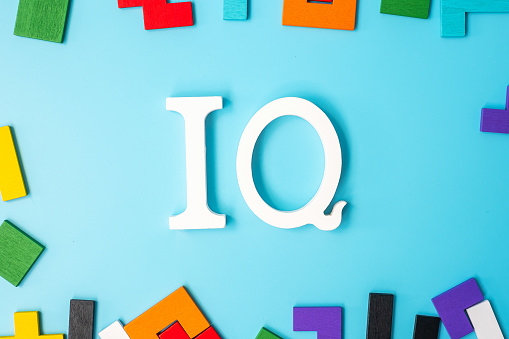The Wechsler Intelligence Scale for Children (WISC) and the Wechsler Individual Achievement Test (WIAT) are both commonly used to diagnose learning disorders in children.
The WISC is an intelligence test that assesses a child’s cognitive abilities in areas such as verbal comprehension, visual spatial reasoning, and working memory. It is typically administered to children between the ages of 6 and 16. The test results are used to determine a child’s overall intelligence quotient (IQ)/general ability index (GAI) and to identify any specific areas of weakness.
The WIAT, on the other hand, is an achievement test that assesses a child’s academic skills in areas such as reading, math, and writing. It is typically administered to children between the ages of 4 and 18. The test results are used to determine a child’s overall achievement level and to identify any specific areas of difficulty.
Both the WISC and WIAT are administered by psychologists, and typically require several hours to complete. The results of the tests are then used to diagnose specific learning disorders such as dyslexia, dyscalculia and dysgraphia, and to create a plan for addressing any identified difficulties. The WISC is also used to assess for Intellectual Disabilities.
It’s important to note that these tests are not the only way to diagnose a learning disorder and intellectual impairments, other evaluations such as observation, interviews, rating scales and other assessment tools may be used to gather more information.

